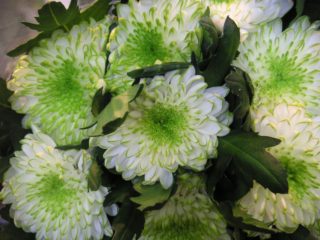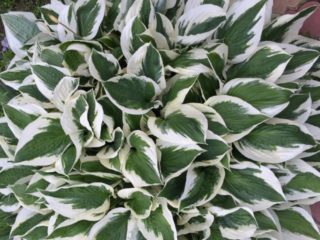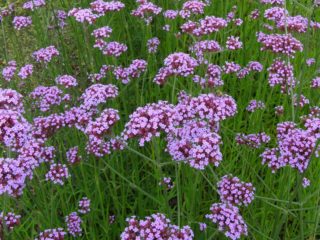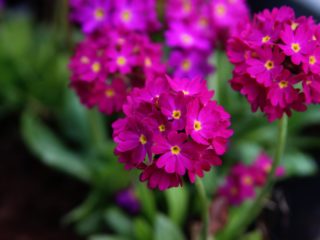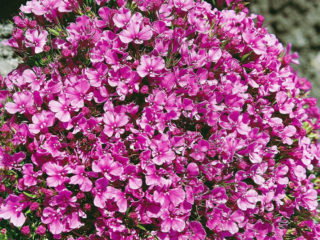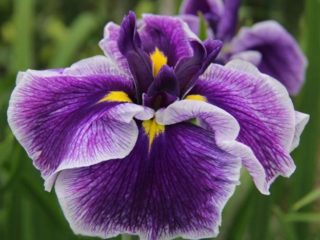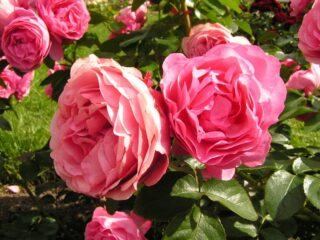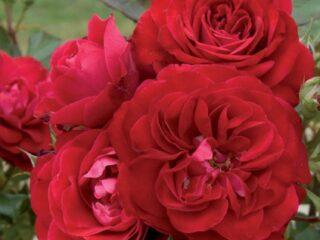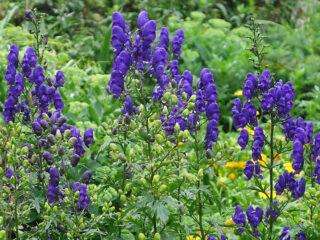Content
Gardeners value daffodils for their early, abundant and bright flowering, combined with relative ease of care. Basic agrotechnical measures are enough for them to develop normally; they rarely suffer from diseases and pests. But in order for plants to fully display their decorative potential, you need to know how to plant daffodils correctly in the fall. Moreover, it is necessary not only to follow the algorithm for planting bulbs in the ground, but also to select and prepare a site in accordance with the requirements of the crop.
When to plant daffodils in open ground in the fall
There are no exact dates for planting daffodils in the fall. When choosing a time, you need to focus not only on the climatic features of a particular region, but also on the long-term weather forecast.
When to plant daffodils in the fall in the Moscow region
When planning to plant daffodils in the fall, take into account that the bulbs need 25-30 days to adapt to the changed environment and grow new roots, if during this period the temperature does not drop below 8-10 ° C.Accordingly, at least this much time should remain until the first predicted cold weather.
Central Russia is a region with a temperate climate. Here, the first frosts can be expected at the beginning of November or even at the end of October; accordingly, it is advisable to plan planting daffodils in the fall in the Moscow region for the second ten days of September.

It is extremely important to guess the timing of disembarkation
When to plant daffodils in the fall in the Urals
The Urals quite rightly belong to the zones of risky agriculture. Here, the first frosts in September are not something out of the ordinary. Often negative temperatures are observed in the region even in August.
Accordingly, in the Urals, planting daffodils in the fall means transferring the bulbs into the ground in August. In most cases, local gardeners plan the procedure for the first ten days of this month. And only if the long-term weather forecast promises a warm autumn, you can hold out until the 20th-25th.
When to plant daffodils in autumn in Siberia
The climatic features of the region are in many ways reminiscent of the Urals. Therefore, planting daffodils in the fall in Siberia actually also takes place in the summer, in most cases - in the first ten days of August.
Planting daffodils in open ground in autumn
Directly planting daffodils in open ground in the fall is a simple procedure. However, it is preceded by preparation, including choosing a site for a flower bed and cultivating the soil on it. The quality of the daffodil bulbs themselves is also important: when planting substandard ones in the fall, you can’t expect abundant flowering for the next season and beyond, regardless of the quality of care.
Selecting a location
The place for planting in the fall must be chosen carefully, taking into account the requirements of the culture.Otherwise, you cannot do without transplants, and excessively frequent procedures mean constant stress for the bulbs. In such conditions, you can’t count on abundant flowering.
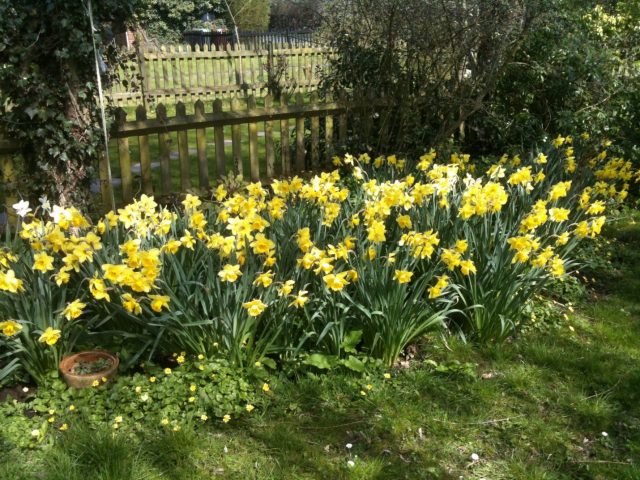
Daffodils grow in the same place for 4-5 years
A place for a flower bed for planting daffodils in the fall is chosen taking into account several criteria:
- A well-lit and sun-warmed area. Most varieties and hybrids of daffodils do not suffer from direct sunlight, but light openwork shading is still desirable during the hottest time of the day. With a lack of light, it is not a fact that daffodils will bloom at all.
- Provides protection from cold winds. Daffodils need good aeration, but this is not the same as cold drafts. In such conditions, even with proper planting in the fall, they will be reluctant to bloom. In addition, sharp gusts of strong wind often break leaves and flower stalks.
- Soil with fairly high fertility, but at the same time relatively light, water- and breathable. In poor soil, the narcissus simply does not have enough nutrients for normal development, not to mention the formation of flower stalks and buds. In heavy soil after planting in the fall, water inevitably stagnates, which leads to the rapid development of rot.
- There are no other prerequisites for water stagnation. Flowerbeds at the foot of a hill or in lowlands are not suitable for planting daffodils in the fall. Melt and rain water constantly accumulates there and does not leave for a long time. Cold air saturated with moisture descends here. Groundwater in the selected area should be at least 50-60 cm below the surface of the earth.
- Neutral or close to it acid-base balance of the substrate.Daffodils can adapt to slightly acidic soil, but in alkaline or highly acidic soil they will neither grow nor bloom, regardless of the correct planting in the fall and the quality of care.
- Accounting for crop rotation rules. A flowerbed after other decorative bulbous perennials (irises, crocuses, tulips, hyacinths) for planting daffodils can be used no earlier than after 3-4 seasons. These plants draw the same nutrients from the soil and are affected by similar diseases and pests. Phlox and chrysanthemums are also undesirable predecessors.
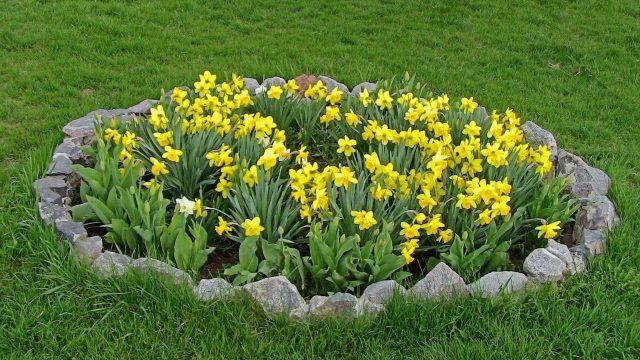
A simple but very effective solution - bright islands on a well-groomed green lawn
Selection and preparation of bulbs
High-quality healthy bulbs can be distinguished by the following characteristics:
- Density. The onion should not be too light. If, when pressed with your fingers, dents remain on it, this is a reason to immediately refuse the purchase.
- Dry cover scales of a golden-amber or brownish hue. When they are missing, this may indicate dishonesty of the seller, who removed them to hide traces of disease.
- Dry bottom without deformation.
- The absence of even minor mechanical damage, as well as dark spots indicating damage to the planting material by mold, rot, and other pathogenic microflora.
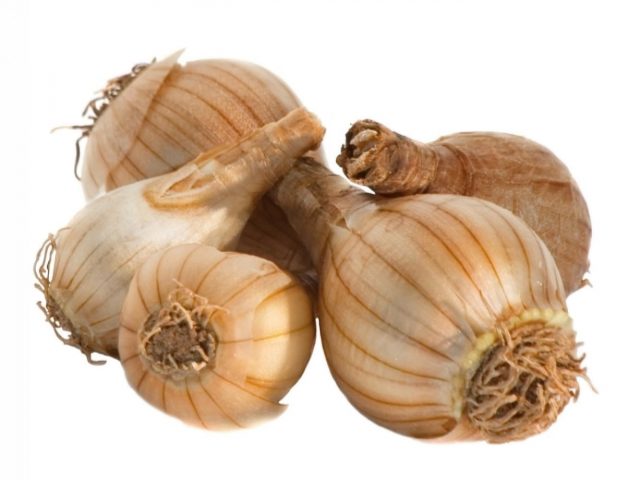
It is advisable to purchase daffodils for planting in the fall shortly before, in August-September
An obligatory stage in preparing daffodils for planting in the fall is their disinfection. To destroy spores of pathogenic fungi, they are pickled in a solution of any fungicide suitable for treating planting material. This is for example:
- Maxim Dachnik;
- Fitolavin;
- Fitosporin-M;
- Vitaros;
- Alirin-B;
- Glyocladin;
- Prestige.
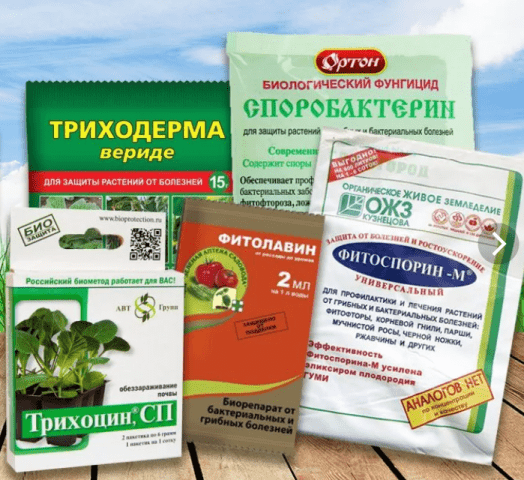
Disinfection is especially necessary if the bulbs come from a dubious source.
The concentration of the solution, treatment time and other important nuances during the disinfection of daffodils before planting in the fall are determined taking into account the manufacturer’s instructions in the instructions. If you increase the content of the drug in the solution or disinfect the bulbs in it for longer than recommended, this will most likely do them more harm than good.
There are also folk remedies with an antifungal effect. The most popular and accessible of them is potassium permanganate. Before planting in the fall, daffodils are pickled in a bright pink solution for about an hour.
Next, if desired, treatment is carried out with a biostimulator. Such preparations activate root formation processes and have a beneficial effect on the immunity of daffodils and their resistance to negative external influences. In the end, treating the bulbs with a biostimulant before planting in the fall is also beneficial for future flowering.
Here, too, you need to act strictly according to the instructions. Popular preparations among gardeners:
- Epin-Extra;
- Zircon;
- Heteroauxin;
- Kornevin.
After this, the daffodils are dried in a cool room with good ventilation, protected from direct sunlight.If time permits, they can be buried in a container with moderately damp sand or peat and put in the refrigerator.
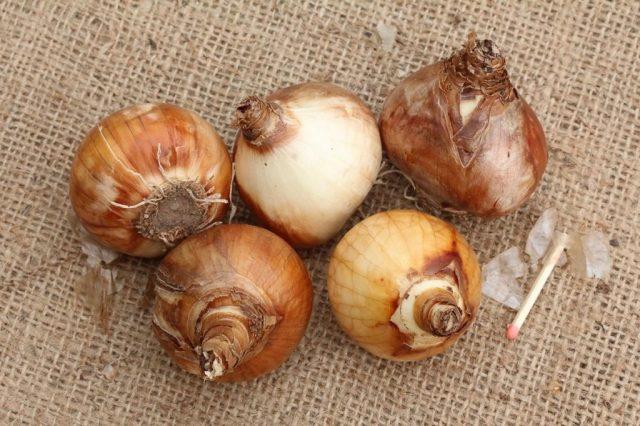
Under no circumstances should you plant wet bulbs.
When there is no time, until planting in the fall, the bulbs are stored in wooden or plastic boxes, baskets, or other containers that provide air access to them. Mandatory requirements for the room are warmth (20-24 °C), lack of light, good ventilation.
Landing technology
Preparations begin 4-6 weeks before the procedure, allowing the flowerbed to stand and the soil to settle a little. The selected area is dug up to a depth of approximately one shovel bayonet. At the same time, plant and other debris is removed from it, and fertilizing is applied.
The approximate norm is 5-7 liters of humus and 30-40 g of fertilizer per 1 m². Suitable as a universal product for planting garden crops in the fall, containing mainly phosphorus and potassium, with a minimum of nitrogen, and a special preparation for bulbous perennials.
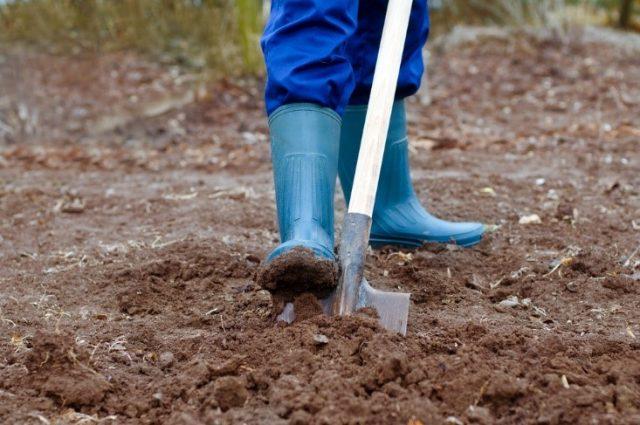
Planting daffodils in the fall should not be started without first preparing the soil.
The actual planting of daffodils in the fall follows a simple algorithm:
- The day before the procedure, loosen the soil in the flowerbed and level it with a rake.
- In an hour and a half, dig holes according to the planting pattern recommended for the selected variety or hybrid. Their depth is three times the height of the bulb.
- Fill the holes well with water, throw a little sand mixed with sifted wood ash to the bottom, creating a drainage layer 1.5-2 cm thick.
- Place the bulb in the hole, bottom down, lightly screw into the soil.
- Fill the hole with soil. Without compacting, water moderately.
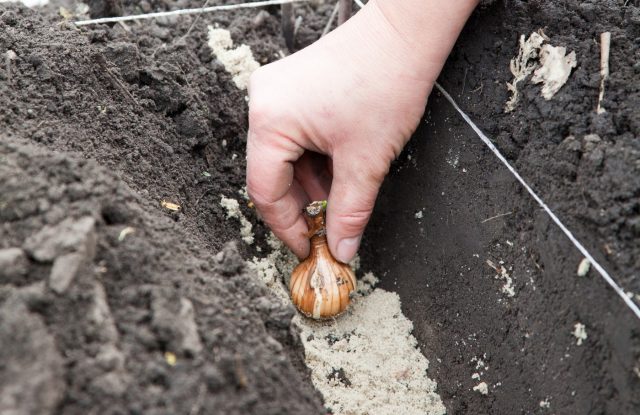
Do not press the bulbs into the ground too much - you can damage the bottom
Further care
A significant advantage of planting daffodils in the fall is that they require minimal care afterwards. The bulbs do not need fertilizing, since everything necessary was added to the soil during the preparation of the flowerbed. Rain in the fall is usually enough for daffodils to survive without watering.
However, if after planting the weather remains dry and warm for a long time, the substrate will still have to be moderately moistened 1-2 times as the surface layer of soil dries out. After this, careful shallow loosening is required so that it does not bake into a poorly permeable crust.
Daffodils have good frost resistance, but despite this, the flowerbed will have to be mulched after planting in the fall. First mark the location of the bulbs so that in the spring you don’t accidentally dig them up while preparing the soil for other plants.
Any mulch will do for daffodils. Most often, humus, peat chips, fallen leaves, pine needles, straw or sawdust are used.
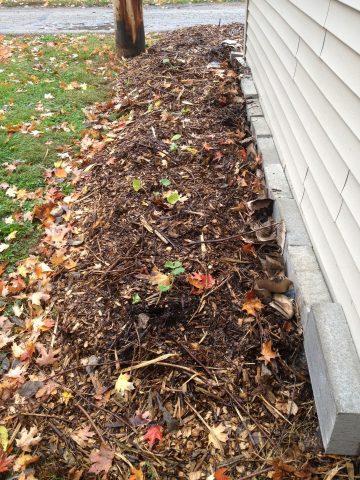
After planting daffodils in the fall, you need to create a layer of mulch 10-12 cm thick in the flowerbed.
If, according to long-term forecasts of weather forecasters, the winter will be very harsh and with little snow, on top of the mulch the flowerbed with daffodils after planting in the fall is covered with 2-3 layers of agrofibre or other air-permeable material, for example, burlap. As soon as enough snow falls, it is thrown on top, creating a snowdrift up to 15-20 cm thick over the flowerbed.
Common Mistakes
Neither a beginner nor an experienced gardener is immune from mistakes. When planting daffodils in the fall, they are also not excluded. Moreover, sometimes they subsequently refuse to bloom due to deviations from the recommended course of the procedure, which seem unprincipled and insignificant.
What points should you definitely pay attention to when planting daffodils in the fall:
- Deadlines. If you wait too long to plant daffodils in the fall, the bulb will not have time to adapt to the soil and grow roots. She most likely will not survive a winter, even not a particularly severe one, in a state of such stress. Excessively early planting is carried out when it is still too warm. Deceived by such weather, the narcissus becomes more active and begins to form leaves instead of focusing on the roots. The first frost will most likely destroy the plant.
- Landing depth. It is the height of the three bulbs that is optimal for their successful wintering after planting in the fall. Instances located closer to the soil surface often simply freeze out. And if you bury the daffodils deeper, in the spring they will take longer to break through the soil. This will take a lot of effort from the plant, which will negatively affect the number of buds and the external presentability of the flowers.
- Availability of drainage. Narcissus has a very negative attitude towards stagnation of moisture at the roots; rot quickly begins to develop. In the spring, the soil will inevitably be saturated with melt water, so when planting in the fall, it is necessary to ensure the possibility of draining it.
- Compliance with the landing plan.When the recommended interval between holes is reduced when planting in the fall, daffodils quickly begin to crowd together in the flowerbed. They become competitors in the fight for water and nutrients. In conditions of a shortage of buds, there are fewer buds (or flowering stops altogether), the flowers become smaller and deformed. Such a flower bed looks very unaesthetic - the rosettes overlap each other, the leaves intertwine.
- Excessive attention to daffodils in autumn. If you prepare a flower bed and plant them correctly, they definitely do not need fertilizing. An excess of macro- and microelements is often worse for plants than their deficiency; symptoms of such overfeeding will inevitably appear in the spring. The issue of watering is decided individually; most often, natural precipitation is sufficient.
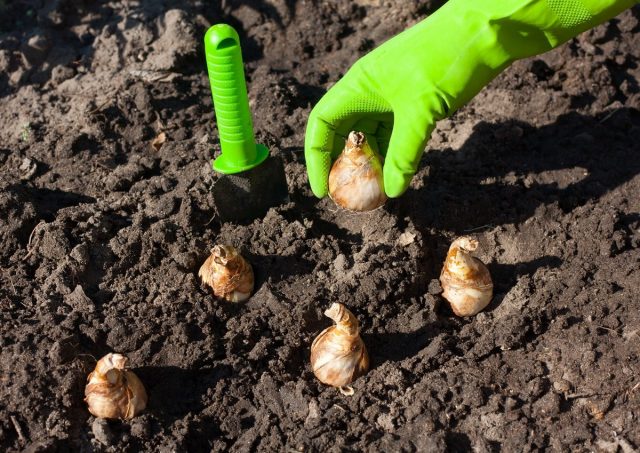
Shallow planting in the fall leaves daffodils with virtually no chance of surviving the winter.
Conclusion
Even a novice gardener can plant daffodils correctly in the fall. However, they will not bloom brightly and abundantly if you do not get the timing right, plant the flowerbed in the wrong place, or neglect preliminary soil preparation. The quality of the bulbs themselves is no less important - you also need to know how to choose them. These and other nuances must be studied in advance to avoid common mistakes.
